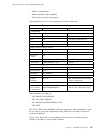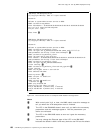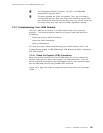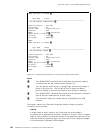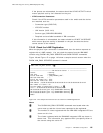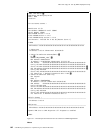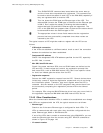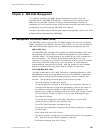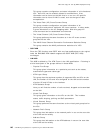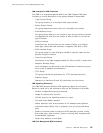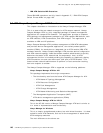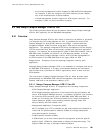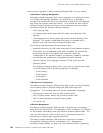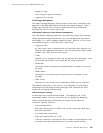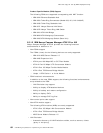
This soft copy for use by IBM employees only.
Chapter 8. IBM 8285 Management
This chapter describes the SNMP-based management functions that are
available with an IBM 8285 ATM network. It provides a brief overview of the
MIBs that are available, functions of Nways Campus Manager ATM and an
explanation of how to perform some of the functions that we have found useful in
configurating and monitoring the IBM 8285 ATM network.
For more information about ATM campus network management, refer to the
ATM
Campus Network Management
, SG24-5006.
8.1 Management Information Bases (MIBs)
The IBM 8285 control point provides full SNMP support with the use of standard
SNMP commands, Get, GetNext, Set and Trap. Below is a list of all the MIBs an
IBM 8285 ATM network supports that any SNMP-based management can use:
•
MIB-II (RFC 1213)
The IBM 8285 ATM subsystem fully supports this MIB described in RFC 1213,
Management Information Base for Network Management of TCP/IP-Based
Internets: MIB-II
. For the purposes of the system group, ATM is treated as a
data link protocol. The interface group describes the ATM cell layer
interface. This group only concerns itself with the ATM cell layer as a whole
and not the individual connections. Here the amount of traffic that was
transmitted and received can be found. Also the number of cells dropped
due to an incorrect HEC and invalid ATM cell header will be found.
•
IETF AtoM MIB (RFC 1695)
This MIB is described in RFC 1695,
Definitions of Managed Objects for ATM
Management Version 8.0 using SMIv2
and also called AtoMIB. It describes
objects used for managing ATM-based interfaces, devices, networks and
services. The following are descriptions of the various groups:
− The ATM Interface Configuration Group
This group describes the type of ATM traffic on a particular interface. It
contains ATM interface configuration parameters, such as the status of
the interface, maximum number of VPCs and VCCs supported on an
interface, the number of configured VPCs and VCCs, the number of active
VPI and VCI bits, VPI/VCI of ILMI (if at all) and the ATM address type.
− The DS3 PLCP Group
This group has configuration and state information for those ATM
interfaces that use DS3 for carrying ATM cells.
− The ATM Traffic Descriptor Parameter Group
This group has information relating the ATM traffic parameters, including
the QoS class.
− ATM Virtual Path Link (VPL) Group
This group contains configuration and state information of a bi-directional
VPL. Here VPs can be created, deleted or modified.
− ATM Virtual Channel Link (VCL) Group
Copyright IBM Corp. 1996 145



